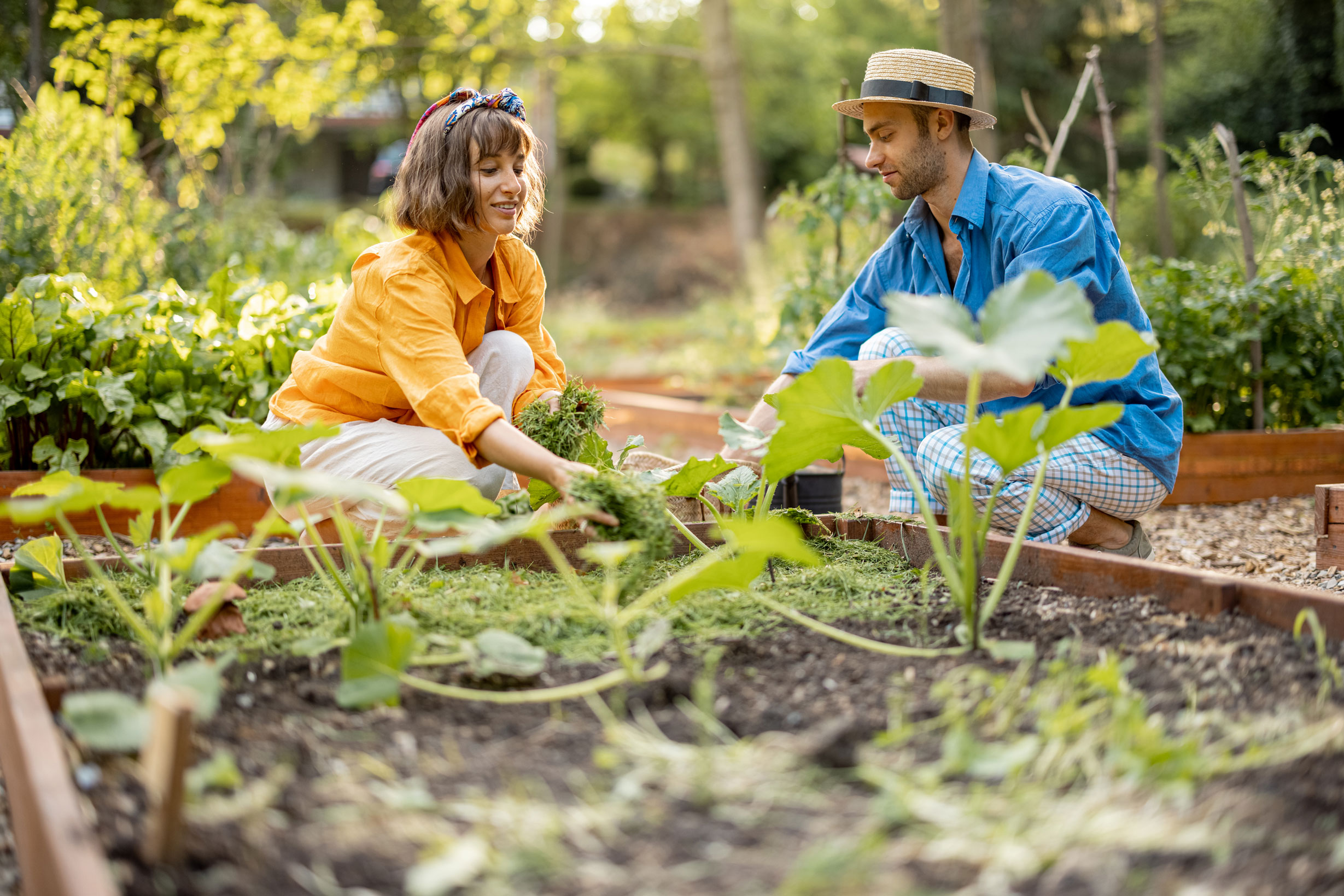Gardening is a great way to keep active and have fun! Did you know that it offers other health benefits too? People who garden are less likely to experience anxiety, depression, and obesity and report feeling more positive about life in general.
As the weather warms up and your garden starts calling to you, take care to prepare and protect your body for the task. While it is great exercise, gardening often involves awkward positions and repetitive motion. Common injuries include wrist overuse injuries, knee and calf complaints, and lower back and shoulder strains.
6 Tips for Gardeners
Gardening should strengthen rather than stress your body. Here are some tips from your chiropractor to get all the health benefits of gardening—without any injury or discomfort!
Tip #1: Protect Your Skin
You already know all about the dangers of UV rays, but cuts, scratches, and splinters are some of the most common gardening injuries. They can get infected and keep you from your favorite pastime. Opt for gardening gloves, closed shoes, and trousers to protect your skin.
Tip #2: Use the Right Tools
One of the best ways to safeguard your body is to let your tools do all the work. Arm yourself with the right ones so that you don’t have to compensate with physical force and strain your body. This is an investment you won’t regret!
Keep your pruning shears sharp and use long-handled shovels and forks to limit bending and protect your knees and back.
Tip #3: Position Your Body Mindfully
Avoid twisting sideways and bending at awkward angles. When you bend and lift, squat with a straight back so your knees do the work. When weeding, kneel or sit if you can rather than hold a squat position for too long.
Crouching in one spot or reaching high for too long can overwork the soft tissue around your joints. Instead of focusing on one task, choose two or three and rotate between them during your gardening session. This will help prevent stiffness and strain—and ensure you get a full body workout!
Tip #4: Stretch it Out
Another way to guard against muscle strain is to stretch your muscles as you start working in the garden (always warm up a bit first!). If you’re prone to stiffness in a particular area, pay careful attention to it as you stretch. Here are some helpful stretches.
- Neck and shoulder rolls
- Wrist rolls and flexes (pull your fingers back with your other hand)
- Arch and curve your back and forward bends (arms hang loosely down)
- Calf stretch (with the ball of your foot on a step, gently force your heel down)
Tip #5: Build Intensity Slowly
That old adage “you’ve gotta walk before you can run” is true for gardening too! Even when your green fingers are desperate to keep going, start slowly and build up your gardening stamina over a few weeks.
Start each gardening session with a mild, low-intensity activity like watering. This will warm up your large muscle groups. Then complete more intense activities like weeding, pruning, mowing, or raking. End with something gentle to cool down—like a walk.
Tip #6: Listen to Your Body
Gardening is a great way to relieve stress and feel calm. Take time to tune into your body as you enjoy it. Drink enough water, breathe deeply during more strenuous tasks, and don’t overdo it.
If you’re stiff and sore even after a break from garden work, it’s time to seek professional help. Contact Integrated Health, your local chiropractor in Atlanta, GA, and let us help you get back into your gardening—without the pain. After all, what your garden needs most is a healthy gardener!


